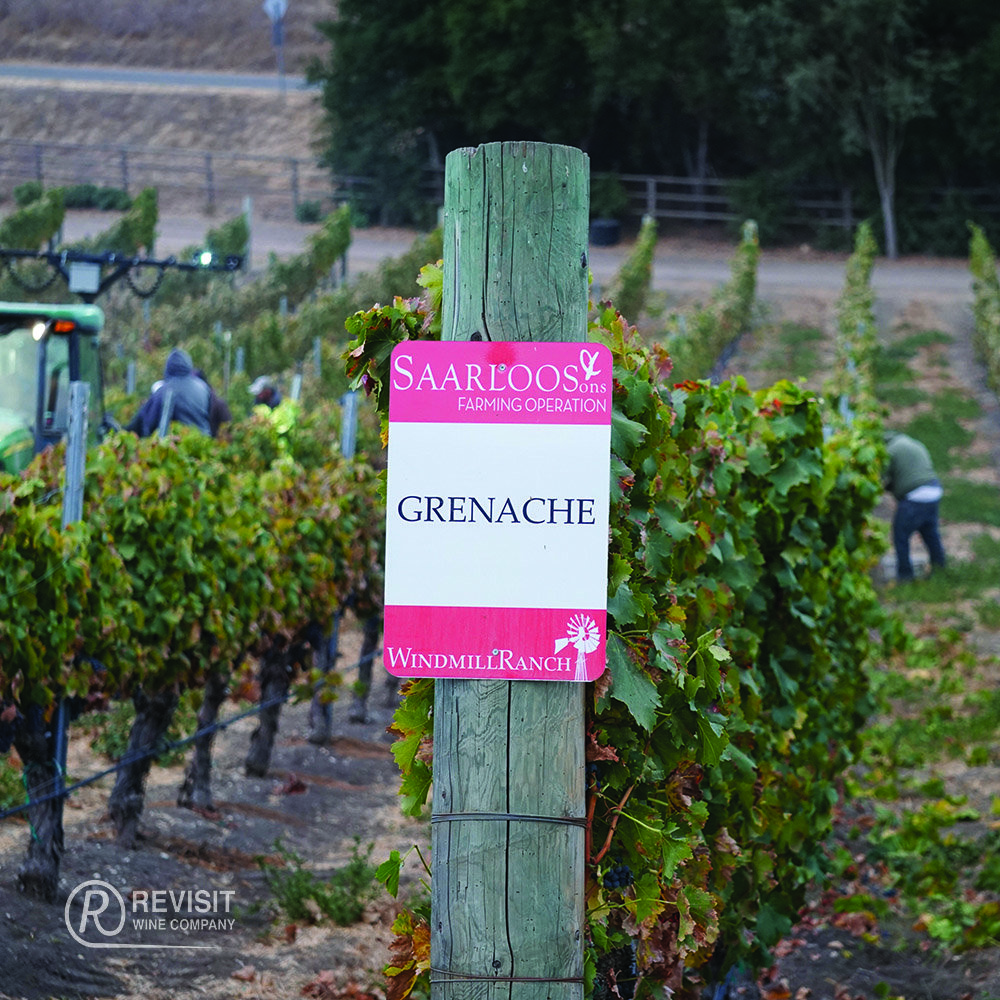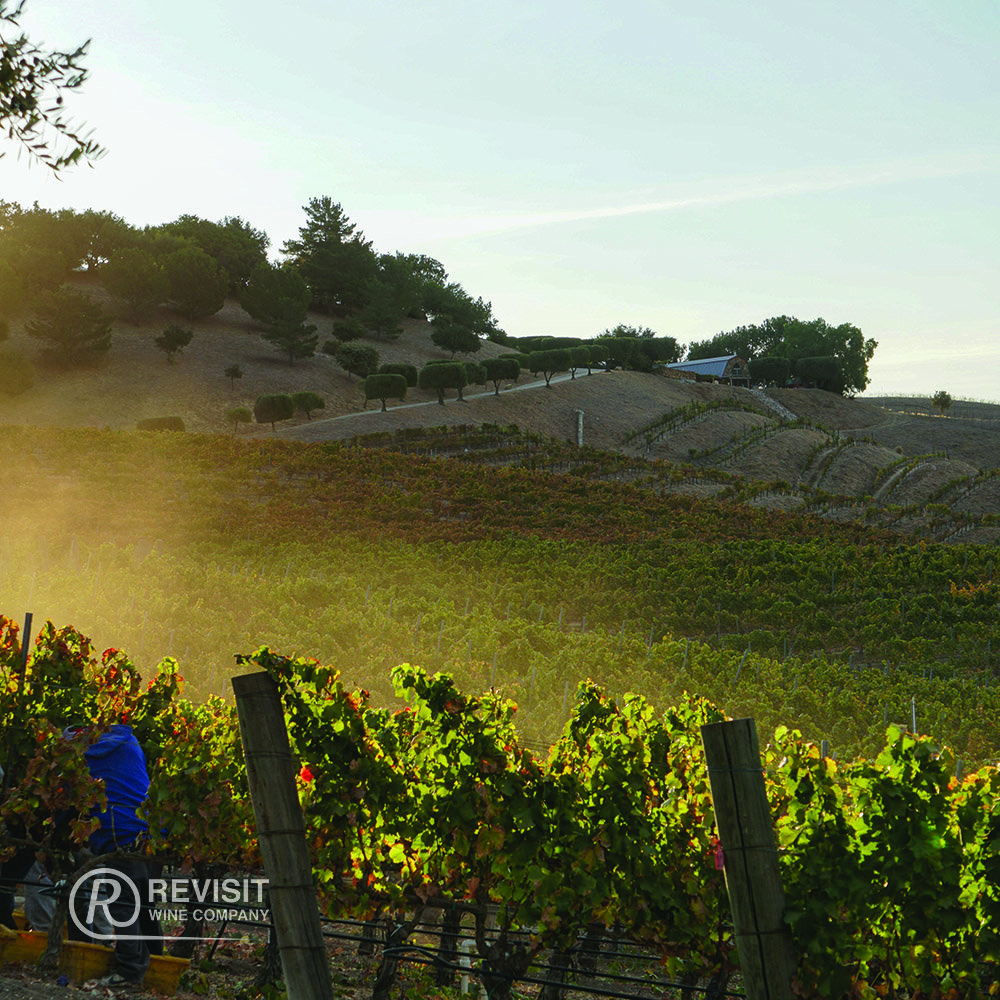Some of you may be very familiar with Rhône varietals, but I thought I’d do a brief summary as a reminder, or new information for some. Rhône varietals are an up and coming wine category, especially in Central Coast areas like Santa Barbara and Paso Robles AVAs. Let’s start with the basics.
Most common Rhône red grapes:
Syrah
Grenache
Mourvedre
Cinsault
Most common Rhône white grapes:
Marsanne
Roussanne
Viognier
There are other grapes as well, but these are the most common. I’m going to focus on the red grapes for now. Note: A common practice in Rhône wine-making is to add a small amount (e.g. 5%) of white Rhône grapes (typically Viognier) to red, which smooths out and enhances a red blend.
The Rhône Valley is an appellation in the south of France, famous for its earthy, rich wines. It is typically divided into two regions.
The Southern Rhône area, as you can imagine, is warmer. The most famous type of wine here is Chateauneuf-du-Pape (house of the Pope), which consists of a blend of Syrah, Grenache, Mourvedre, and Cinsault (not necessarily all of these – it can vary). The result is a bold, earthy wine which is usually full-bodied featuring red fruit, and smooth and well-balanced. Grenache, a lighter grape, is often the dominant grape in the blend. Since the winemaker chooses the amounts and types of grapes to include, he/she can create a unique blend according to what makes the best wine. In France, winemakers can be traditional and use the same formula year after year, however, there are still differences in the wines based on what happened that year, particularly with the weather.
In the smaller Northern Rhône, there are cooler temperatures, so grapes like Syrah can be grown without getting too hot, or too high in alcohol. One of the most famous northern Rhône wines is Côte Rôtie (roasted slope), which can be quite expensive depending on the vintage. Some of these wines are grown in extreme conditions, like steep, rocky hills. This makes the vine “struggle” which produces more concentrated flavors in the grapes. These are big, bold, flavorful wines with good tannic structures.
The commonly seen Côte de Rhône is a lower classification allowing a blend of any region and grapes in the Rhône area. Quality of this classification can vary greatly and is less expensive.
Now that you know the foundation of Rhône varietals, let’s talk about these varietals in the U.S. where they are becoming more popular. Santa Barbara county has some excellent Syrahs. Some are cool climate Syrahs which means less strong, less alcohol. Some of the warmer climate Syrahs are quite bold, featuring some aromas and tastes that could be described as meaty, smoky, spicy, or even “funky”. But that is all part of the wonders of Syrah. They are one of the more interesting varietals, and can be dramatically different and a lot of fun to drink. However, if you have one that isn’t well grown/made, it can really taste bad. Paso Robles also is a great spot for these varietals, and Washington has some excellent Syrahs. Australia is also known for their Syrahs but they are for some reason called Shiraz down under. There are also some wonderful Grenaches in our area, which is a lighter, easy-to-drink, red fruit forward wine which can carry some interesting complex secondary characteristics like herbs and spices.
Again, the options are endless when it comes to blending. Many of these blends are called “GSM” (Grenache, Syrah, Mourvedre) but can contain any amount of these grapes plus others, as discussed above. Blends produce some amazing wines because in the U.S., many winemakers can source different grapes to produce a broad spectrum of wine.
We have featured a few great Rhône-varietal wines in our club shipment, including a cNagy Syrah, a Crawford Family GSM, and a Kaena Cab/Syrah blend – we hope you will continue to share the adventure of wine discovery with us!



